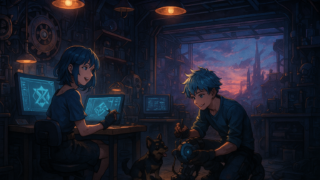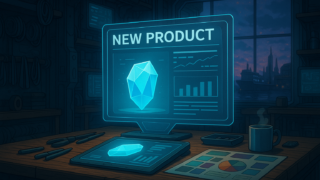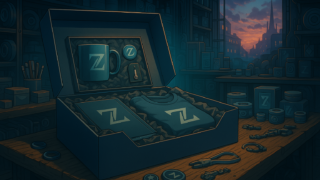Daydream is pioneering a future where you discover products through chat, just like talking to a friendly salesperson.
We explore whether this model could also work for OEM proposals.
1. Today’s Topic (News Summary)
Source: Vogue, Retail Dive, Axios
Summary:
Daydream is a conversational search platform that builds a “style passport” for each user through chat, then curates personalized recommendations from over 8,500 brands and 2 million+ items. The goal? A pure discovery experience without ads.
Key Highlights:
- Deep exploration of preferences and use cases via natural language
- Dynamic recommendations that evolve with each user’s reactions
- A major shift toward buyer-driven shopping experiences in e-commerce
→ This makes it natural to integrate AI directly into the “choosing” phase.
2. How Would Each Stakeholder See It?
🎨 Creator’s Perspective (Designers & Product Planners)
You can extract keywords from customer chats to generate AI-based variations of novelty items (e.g., colors, materials). Even small teams can rapidly ideate and present rhythmic, lively options.
🏢 Seller’s Perspective (Sales, Promotions, Retail)
During meetings, you can type keywords into a chat and receive immediate visual proposals—making it a strong sales tool for on-the-spot selection and approvals.
👥 Buyer’s Perspective (Users & Clients)
The feeling that “this was chosen just for me” becomes a powerful purchase driver. Beyond presentation, the sense of empathy and dialogue adds real value to the proposal.
3. How Could We Do It?
- Use ChatGPT to uncover novelty keywords in a conversational format (e.g., “summer festival,” “remote meetings”)
- Generate 3 mockup designs with DALL·E based on those items
- Simultaneously prepare estimates and documents via GPT
- Present to clients; once they finalize selections, have them confirm directly in the chat
→ “Designing through dialogue” makes OEM workflows more fluid—and AI-powered.
4. Side Note
Although this isn’t a B2B use case, I’m actually considering something similar for B2C, potentially starting design work around late summer.
On the B2B side, most OEM services already have fixed prices and production methods, so integrating an AI chatbot could be implemented quite quickly—great for certain products.
Personally, in the OEM (B2B) world, I enjoy doing niche, quirky projects through human-driven conversations, so it’s lower on my priority list.
For retail (B2C), I’d love to see AI shop assistants replace humans entirely, except in cases where human involvement directly adds value (and allows for higher pricing).






Comment